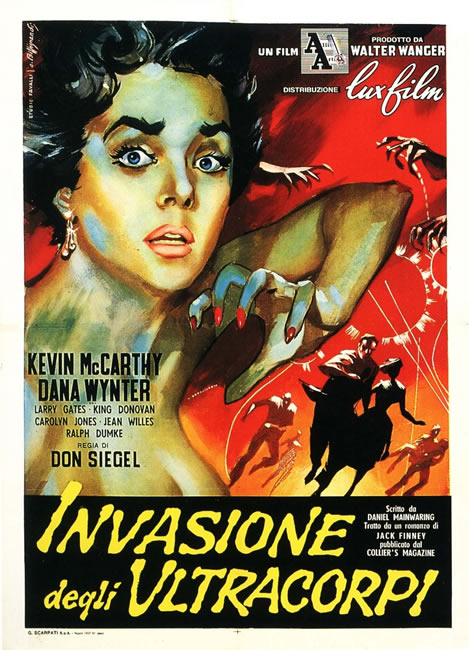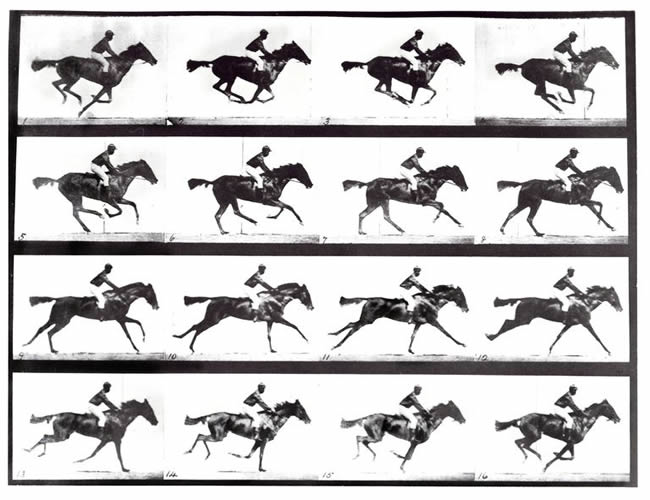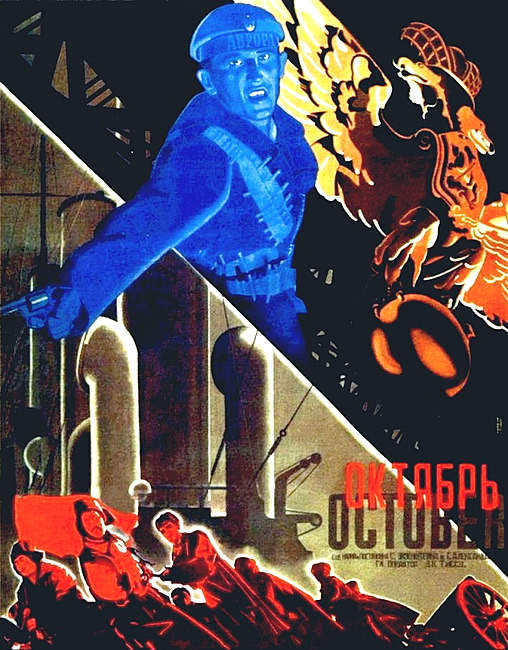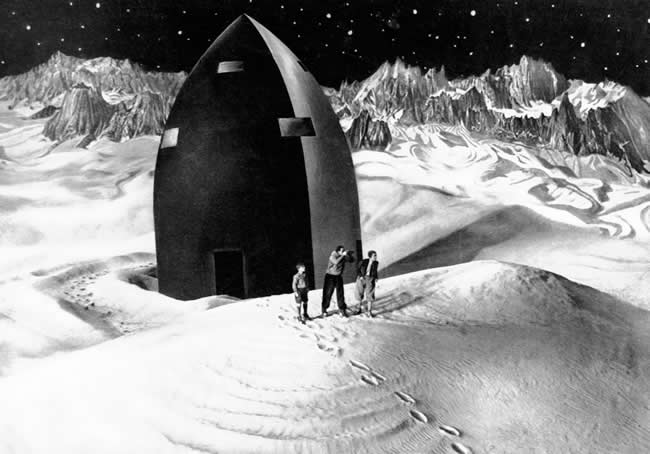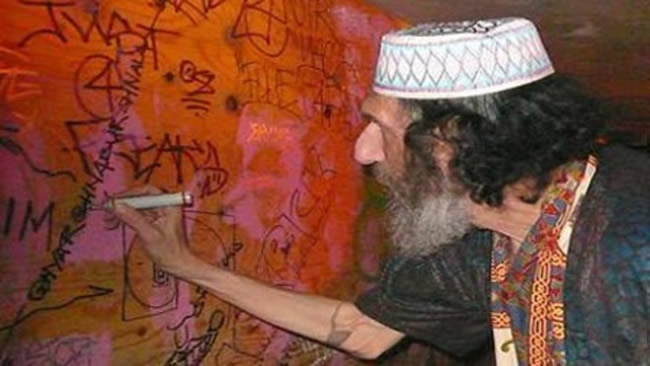
Production photo from Kid Brother (1927)
Only one time in my life have I witnessed someone laughing so hard he fell out of his chair. It was during a screening of Kid Brother (1927), one of Harold Lloyd’s best silent comedy features. Near the end of the film as the Lloyd character is being pursued inside a cargo ship, a small monkey tries on a pair of shoes and proceeds to walk along the deck. Lloyd hears the clomping and assumes it must be the villain. It was the sight of the monkey in the oversized shoes that struck a chord with my friend Dean, who eventually landed on the floor, no worse for wear.
